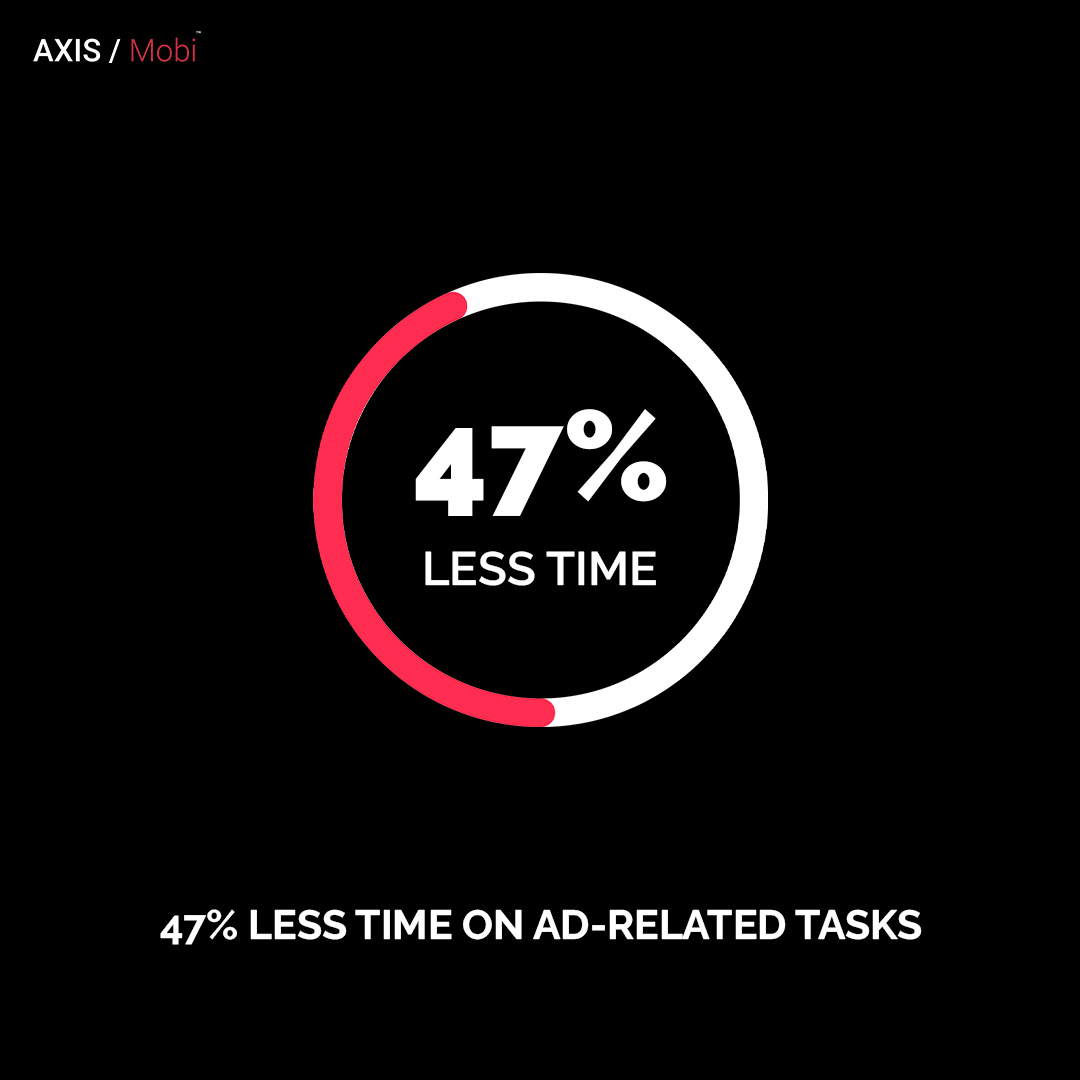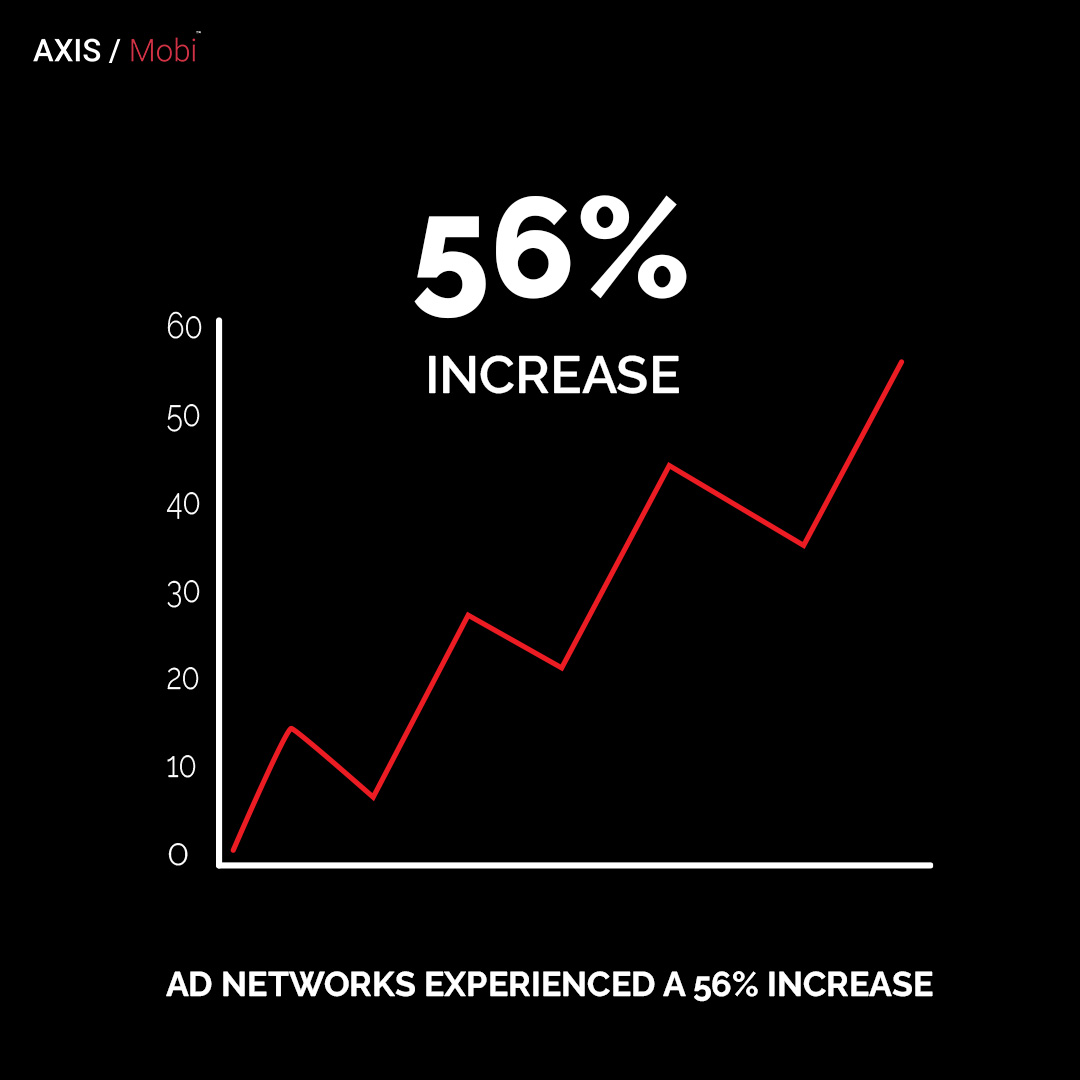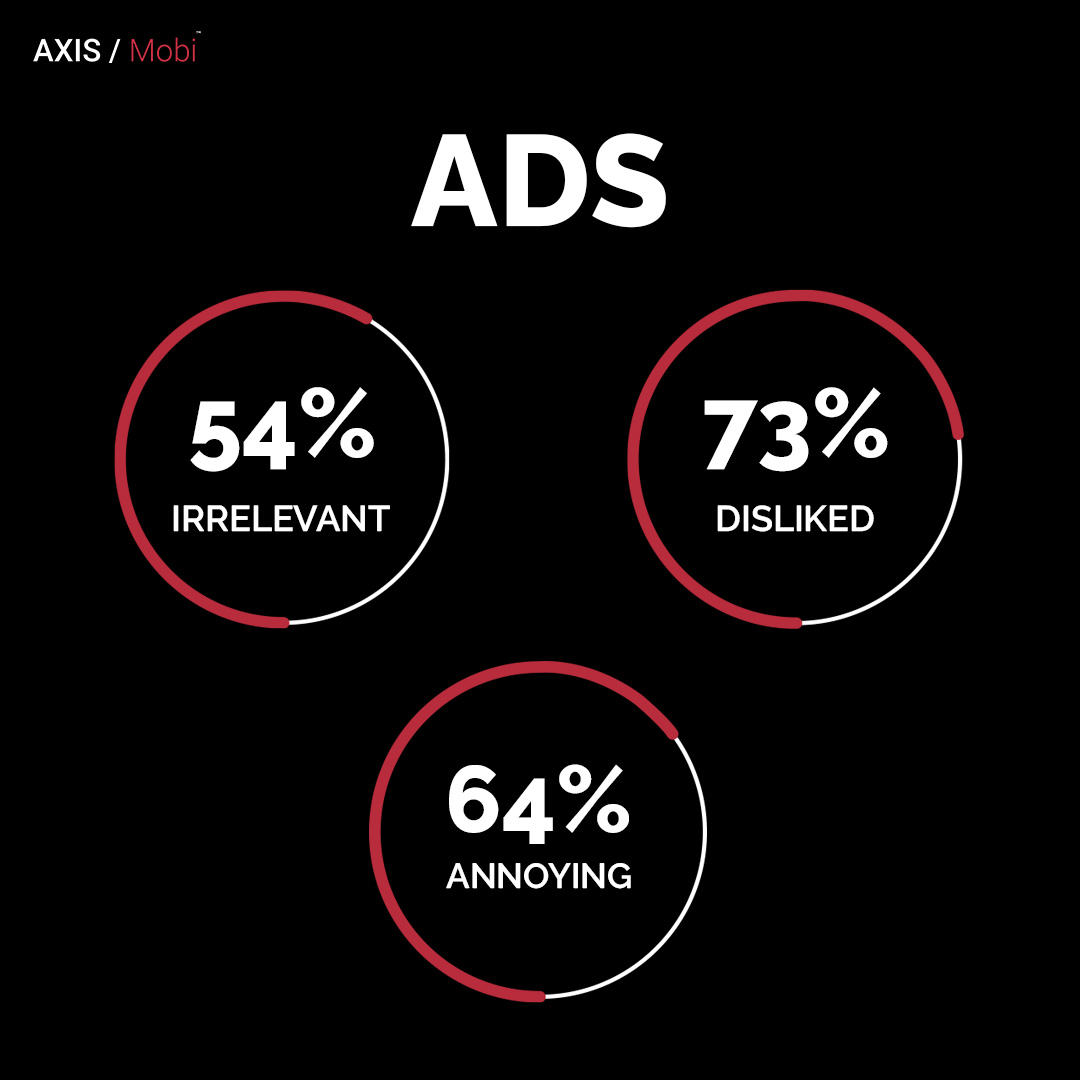In today’s digital landscape, content creators are constantly exploring diverse avenues to monetize their platforms, and joining ad networks as publishers is a popular choice. Ad networks serve as bridges connecting publishers with advertisers, facilitating a mutually beneficial relationship. However, before taking the decline, it’s crucial to consider both sides. In this article, we delve into the pros and cons of becoming a part of an advertising network, backed by relevant statistics.
Pros:
1. Access to a Multitude of Advertisers:

Joining an advertising network widens your reach, connecting you with many advertisers. According to a survey by the Interactive Advertising Bureau (IAB), publishers working with ad networks reported a significant increase in the number of advertisers they worked with compared to those who didn’t use networks.
2. Effortless Management and Administration:
 /
/
Ad networks handle much of the administrative and operational aspects of ad management. Publishers who adopted ad networks reported spending 47% less time on ad-related tasks, allowing them to allocate more time to content creation, as highlighted in a study by eMarketer.
3. Potential for Increased Revenue:

The collective bargaining power of ad networks often leads to higher ad rates for publishers. A report by MonetizePros showed that publishers saw a 32% increase in CPM rates when transitioning from selling ads directly to joining an advertising network.
4. Sophisticated Targeting and Automation:

Ad networks leverage advanced technology for precise ad placements based on user preferences. According to a study by AdPushup, publishers using ad networks experienced a 56% increase in click-through rates due to improved targeting and personalization.
5. Consistent Income Stream:

For publishers, a predictable income stream is invaluable. Ad networks provide this stability, ensuring a regular inflow of ads and revenue. A Journal of Advertising Research study found that publishers relying on advertising networks reported a steadier revenue stream than those using other monetization methods.
Cons
Although ad networks have advantages, they also require a percentage of your revenue, typically leaving publishers with 50-70% of the ad revenue and giving the rest to the network. AdThrive is an example, with publishers receiving 72% of ad revenue in 2020.
Advertising networks determine the content of ads that appear on your platform, which can be problematic if they do not align with your content or audience. Infolinks found that 54% of users find ads irrelevant, which can negatively impact your audience’s perception.

Balancing revenue and user experience can be challenging, as pop-up ads are disliked by 73% of users and considered annoying by 64%. Ad networks may prioritize revenue over user satisfaction, harming your site’s engagement. Ad blockers are also on the rise, with 27% of internet users using them, leading to billions in lost revenue for publishers.
Additionally, Nielsen’s research shows that users often ignore banner ads due to ad blindness. When joining an ad network, it is crucial to follow its policies, as any violation can result in ad suspensions or even expulsion from the web. Ad Lightning’s study found that 31% of publishers experienced ad quality violations in 2020.
Wrapping up, joining an advertising network has pros and cons. It gives you access to more advertisers and easier ad management, but revenue sharing and user experience issues are essential to consider. Evaluate your niche, goals, and audience preferences before deciding. Direct ad sales or affiliate marketing might be better options. Balancing revenue and user satisfaction is vital in digital publishing.




